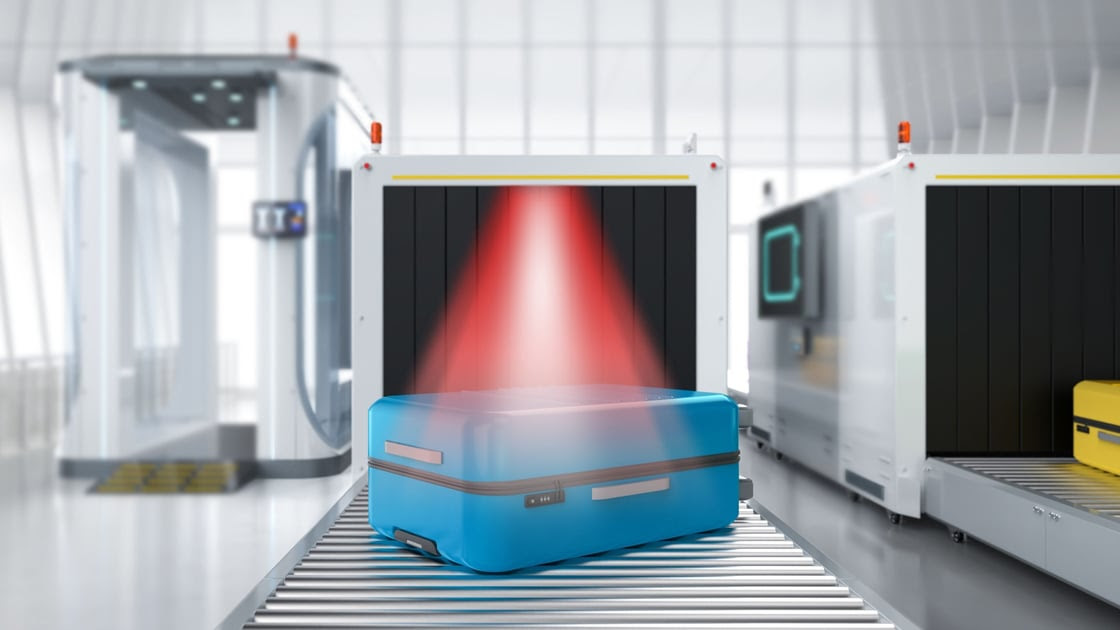This month, in light of the government shutdown, the Transportation Security Administration warned that airport security wait times could be longer — that is, even longer than they already are, between increasing passenger volumes and staffing shortages. (Ugh.)
Luckily for us, Quadridox, a North Carolina-based startup founded in 2018, is working on a solution — it’s developed new X-ray tech that could revolutionize airport security by making the process safer and speedier, per WUNC.
The company has prototyped a larger machine for checked baggage, which co-founder Joel Greenberg told WUNC could potentially eliminate the need for physical bag inspections, and is working on a smaller one for security checkpoints that could help passengers breeze through security lines.
How it works:
- Whereas traditional X-ray machines produce images of an object’s outline, Quadridox’s uses X-ray diffraction, which involves bouncing beams off atoms within an object to analyze the structure of its materials.
- Since every material has its own unique “fingerprint,” so to speak, it can quickly and accurately distinguish between different plastics, metals, and liquids — for example, good ol’ H2O versus contraband like lighter fluid.
What that could potentially mean: faster lines, fewer false alarms, and that the days of having to buy a $10 bottle of water at the airport may soon be behind us.
(Also: The machines can be applied to medical settings as well, which was Greenberg’s original intent for the tech.)
What’s ahead?
In July, the TSA announced it was seeking private sector solutions to boost airport security and enhance the passenger experience.
- Answering its call, Quadridox sent the TSA a prototype in August.
- Now, researchers are preparing to put the machine’s ability to detect explosives to the test next month.
- If all goes well, Quadridox will trial its tech in actual airports.
BTW: Some other — more unsettling — solutions that the TSA is eyeing include facial recognition tech, which records your biometric data (hate that), and VR wearables/haptic tech that can feel you up without actually touching you. (Gross.)
